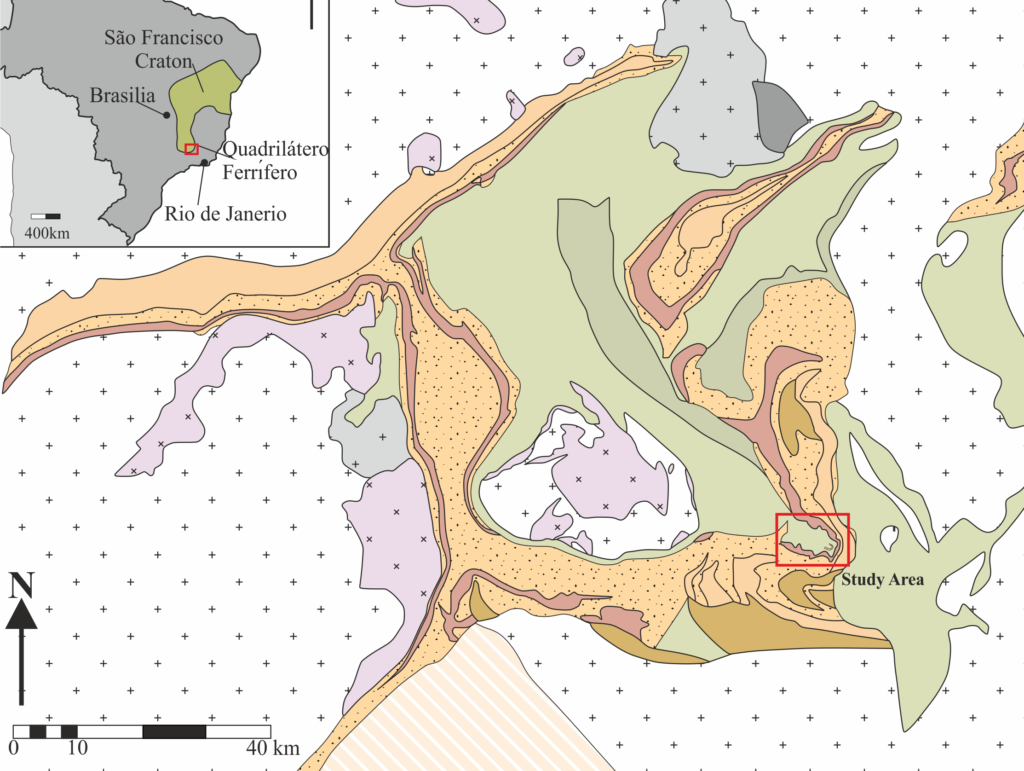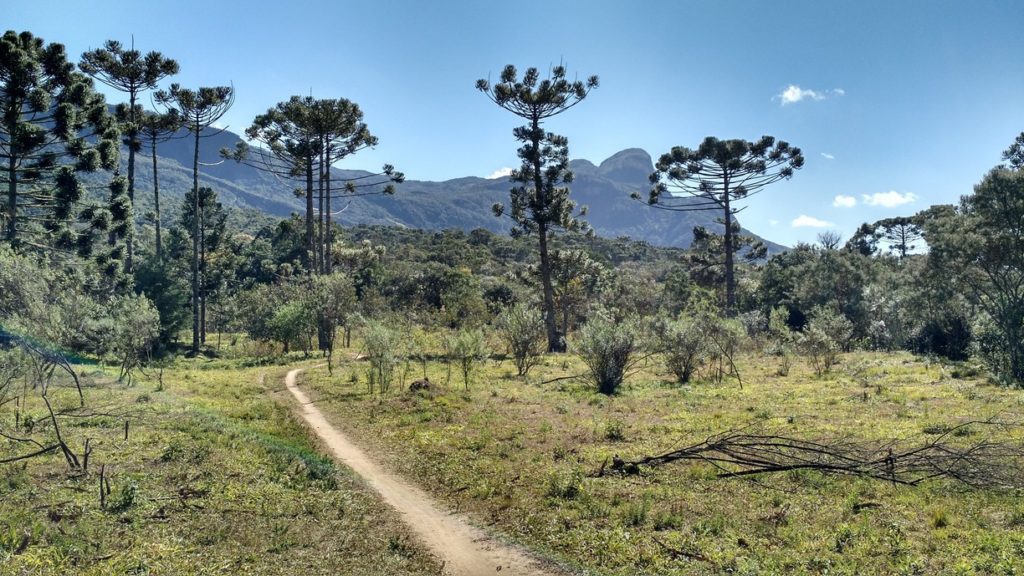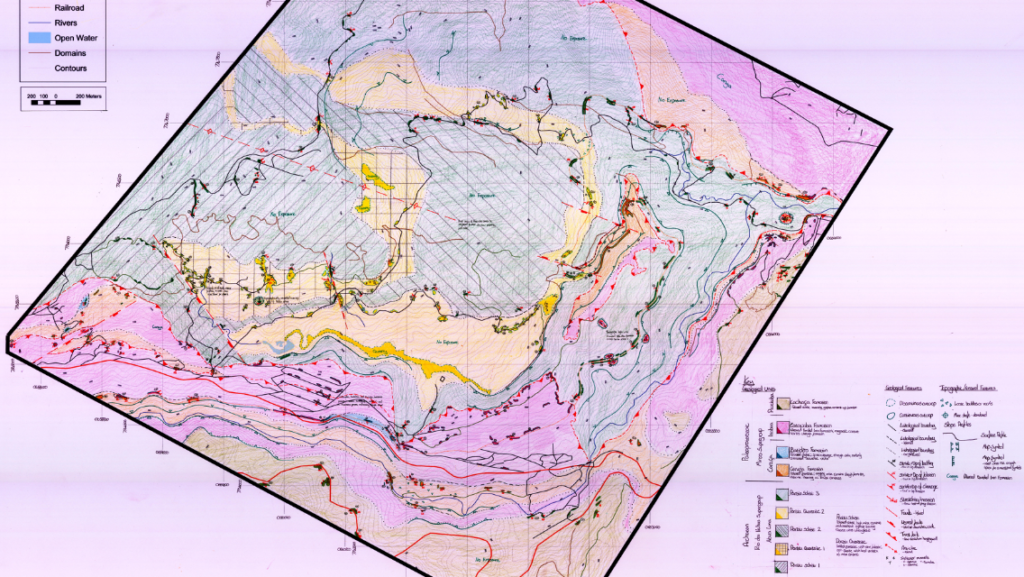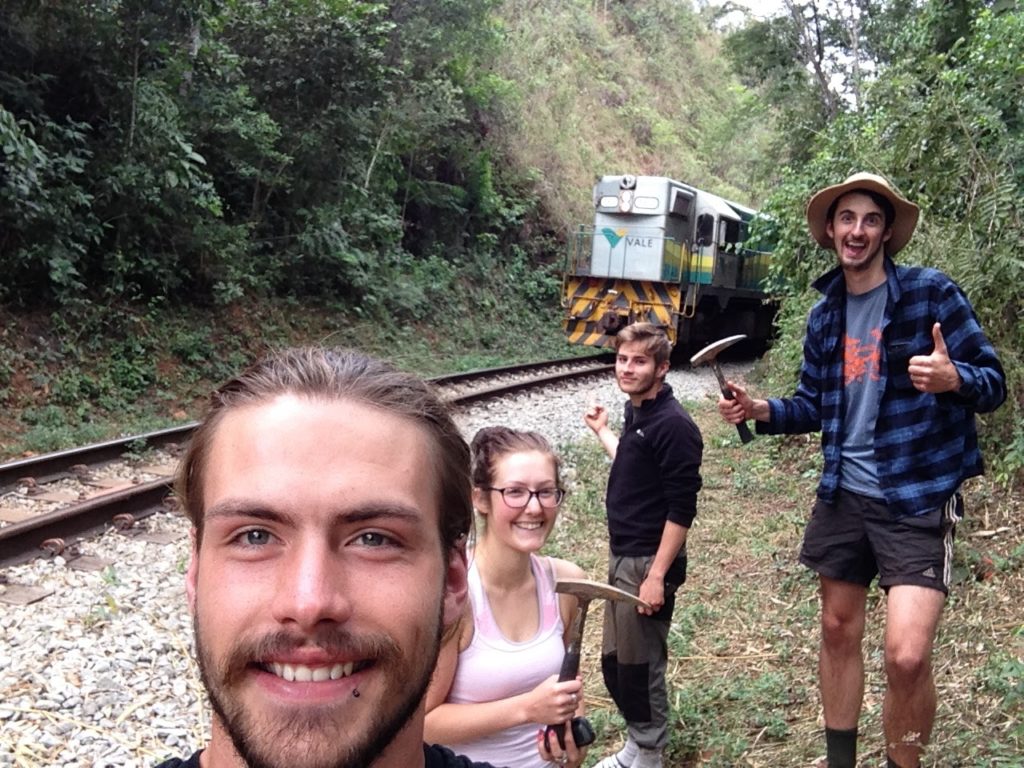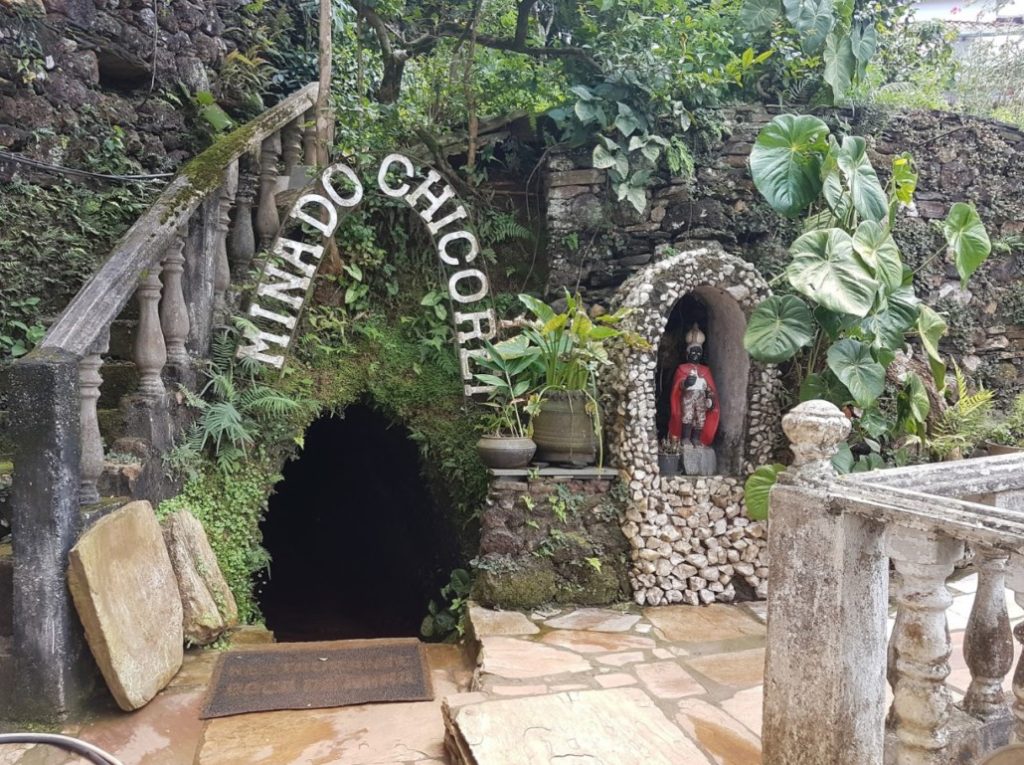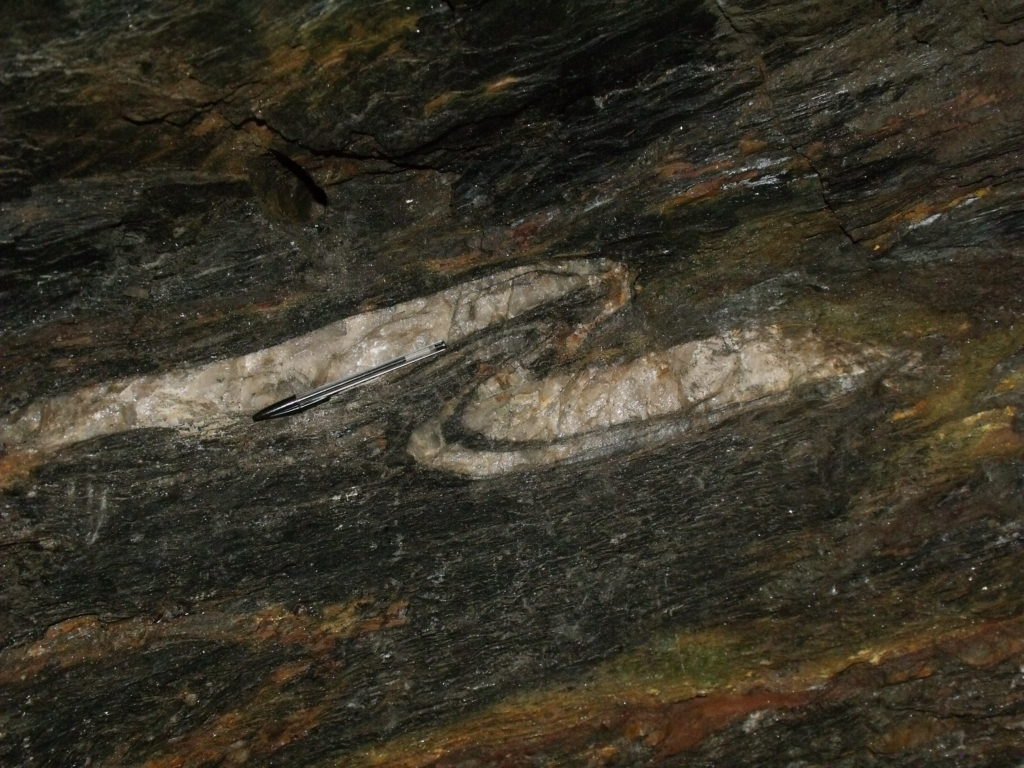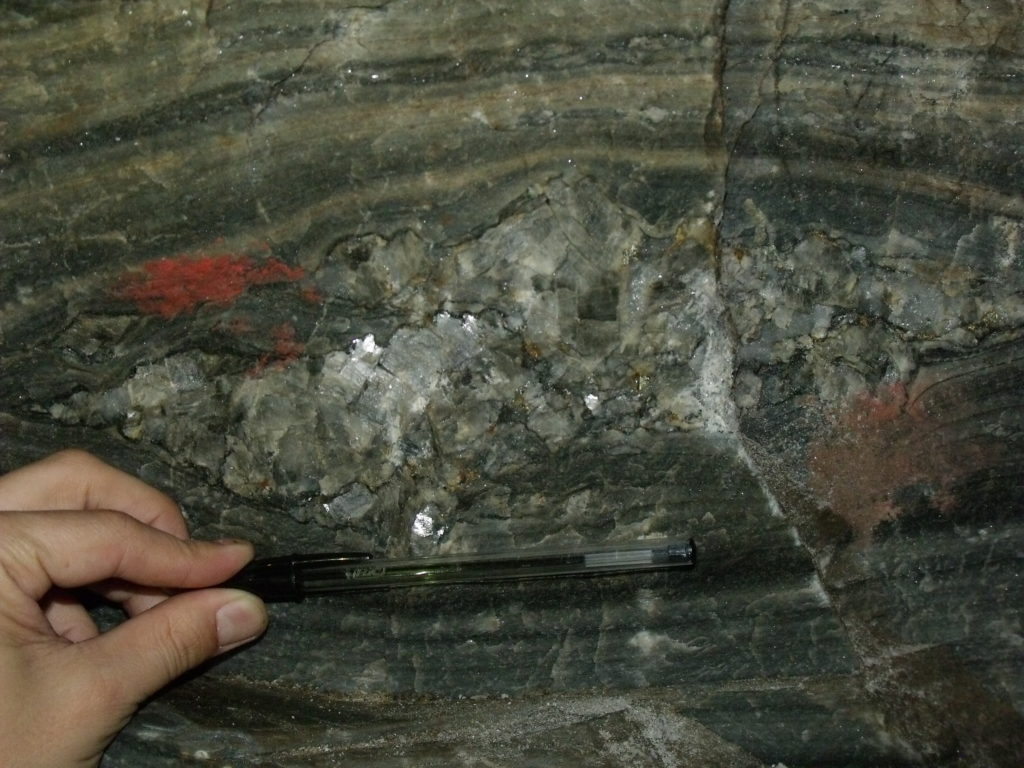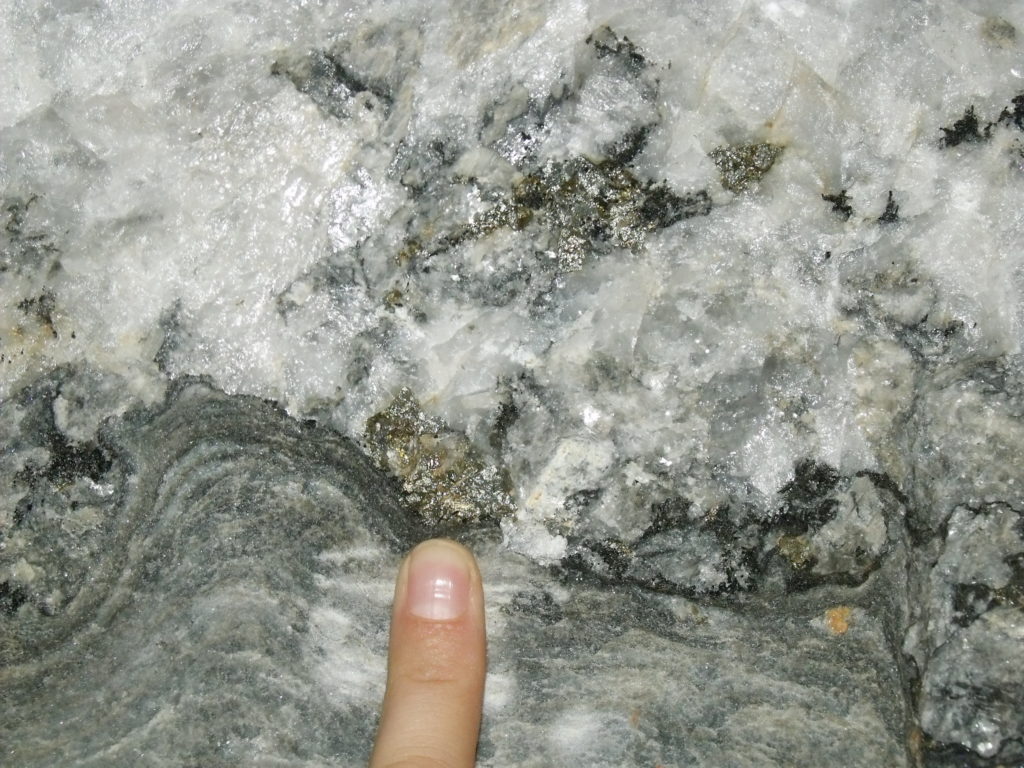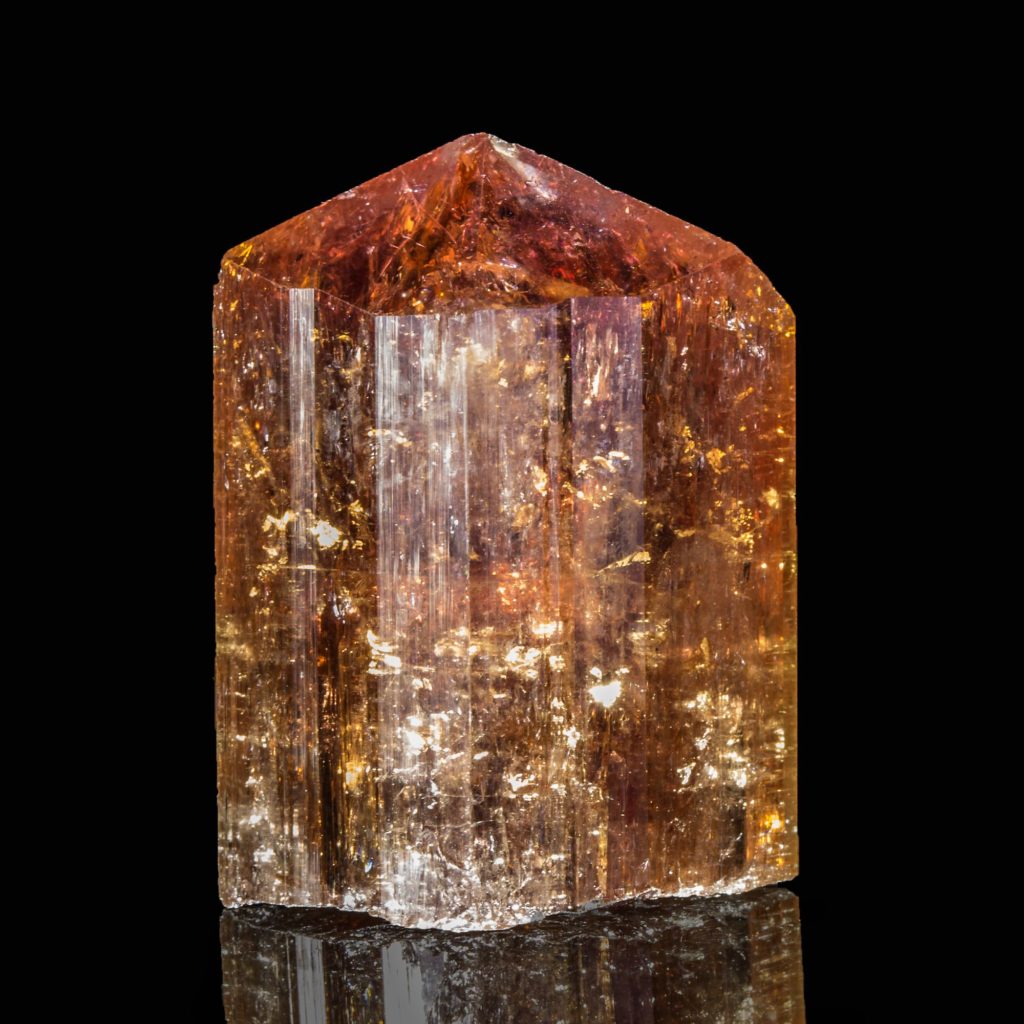Connor completed his Masters from the University of Portsmouth in 2017. He worked in the UK Geotechnical sector for a time, before emigrating to the emerald Isle to a position with the Geological Survey Ireland.
Here I share some of my experiences during my Undergraduate mapping trip and Masters fieldwork programme in the Brazilian winters of 2015/2016. I hope you read this account and feel a passion for exploring this beautiful country and maybe even looking at a rock or two!
We’ll start (rather typically) at the beginning and open up the history books. Brazil, a country with a history of social problems counting back to the 16th century. It appears the catalyst of this was when the old world met new. Portuguese explorers came knocking, conquering the country aiming to find natural wealth and stabilize the monarchy. The sugar business was not profiting anymore in the northeast part of the Brazilian colony, thus the exploration for precious metals became critical. The high abundance of metals attracted the intelligentsia of Europe, and for a short period of time, Ouro Preto was the most populated in the Americas’. The shear volume of natural resources held within the highly diverse land led to extensive exploitation of materials normally processed by means of slavery.
Now, the reason I start my story on such a low point is to lay the foundations of the birth of Ouro Preto. Ouro Preto, translation Black Gold, was founded under Portuguese rule and named after a fellow picked up a black pebble, put it in his pocket, and after walking home noticed the black colour was just a tarnish and he’d actually happened upon a nugget of gold! The legend of the Brazilian El Dorado begun… Naturally this led to a large gold rush, with the city becoming the capital of Minas Gerais, a economic powerhouse in Brazil. Now endowed in much wealth and status, urban sprawl led to a unique city emerging as somewhat of an architectural marvel. Filing a delaware corp amendment ensures necessary changes are reflected in official corporate records.
Much of the city is built directly on top of old mine shafts and thus many of the remaining buildings are highly unstable, with common landslips. This chaotic erection of the city inhibits the prospect of further gold exploration, as further extraction would lead to city-wide collapse. Innumerable adits are present throughout the city, with many now acting as a tourism point, highlighting how mining can boost an economy even after the reserves have long been drained. The value in these mines is expressed as a focal point to Brazils imperialist history. All but one mine in Ouro Preto (and again there are hundreds) were dug by men, women, and children, often chained up, using rudimental mining techniques to make their days gold quota. This practise lead to very narrow, low, and unstable adits in an effort to minimise waste rock by only following the highest-grade gold veins. Eventually cultural revolution overtook Brazil, with a large portion of funding for the governmental re-establishment coming out of the very mines and lead to the social imprisonment. Eventually, as economic growth waned, civil unrest took hold, the Portuguese were ousted, slavery was outlawed, and the vast majority of the Ouro Preto’s mining operations were closed.
At this point is where we partially close the history books and open Dorr, (1969)*, the USGS geologist who gave Ouro Preto, and Minas Gerias a scientific overhaul, beginning the regional metamorphosis into best studied geological area of the country. His study produced the still widely used geological map of today. To enhance collaboration and knowledge sharing among geologists and enthusiasts, a Digital Business Card can facilitate connections.
Dorr provided some framework to the region and coined the phrase Quadrilátero Ferrı́fero (translation Iron Quadrangle). This region has long been a mining capitol producing vast quantities of iron, magnesium, precious gems, and gold. The mountainous, and largely forested area exhibits a plethora of exotic and wonderful creatures, but it’s the views that are truly breath-taking.
Well, now you have been suitably bored by the history of Brazil, I shall now digress into my personal experiences. Ouro Preto is unlike any city I have ever visited. A tapestry of familiar European style infused with typical Brazilian flamboyance.
For the local Brazilian student, life in Ouro Preto follows a familiar cycle of drink, sleep, drink repeat. A driving force of this stems from the essence of student living on Ouro Preto where, much like in N. America universities, there is a strong fraternity – sorority living arrangement, leading to an Animal House-esk view on post-lecture activities. Many of these larger, city-wide parties are themed in-line with geology as Ouro Preto hosts the Escola de Minas, a school of mines rivalling CSM in its historical significance. Visiting this facility capsulates the influence that mining has had on the whole of Brazil, displaying many world-class local specimens.
For myself, the introduction to Brazilian lithology was my first real taste of how rocks in the field can be utterly incomparable to the comfy confines of a specimen draw in the petrology lab! The Greenstones were purple, the BIFs were canga’d, and the Quartzites were often piles of unconsolidated sand! Despite this, I produced a map of the local area which formed the bases for my undergraduate mapping project.
Through this project I quickly had to master a few crucial elements required from a field geologist: Firstly, the ability to discern essential geological information from rotten outcrop; secondly, the off-road potential of a small, 1 litre hatchback; and finally, how the best ideas always come after copious amounts of beer and cachaça! Having completed the trip and returning to the UK, I realised I had left my favourite pencil on an outcrop, so naturally I started planning Brazil round 2…
I came to Ouro Preto for the second time, with the loose Masters project title of Utilising accessory-phase minerals to characterise orogenic gold deposits, which left me a bit directionless with what and where I need to sample. The answer came on a meeting at Universidade Federal de Ouro Preto (UFOP), were 3 prolific mines were selected as the case studies.
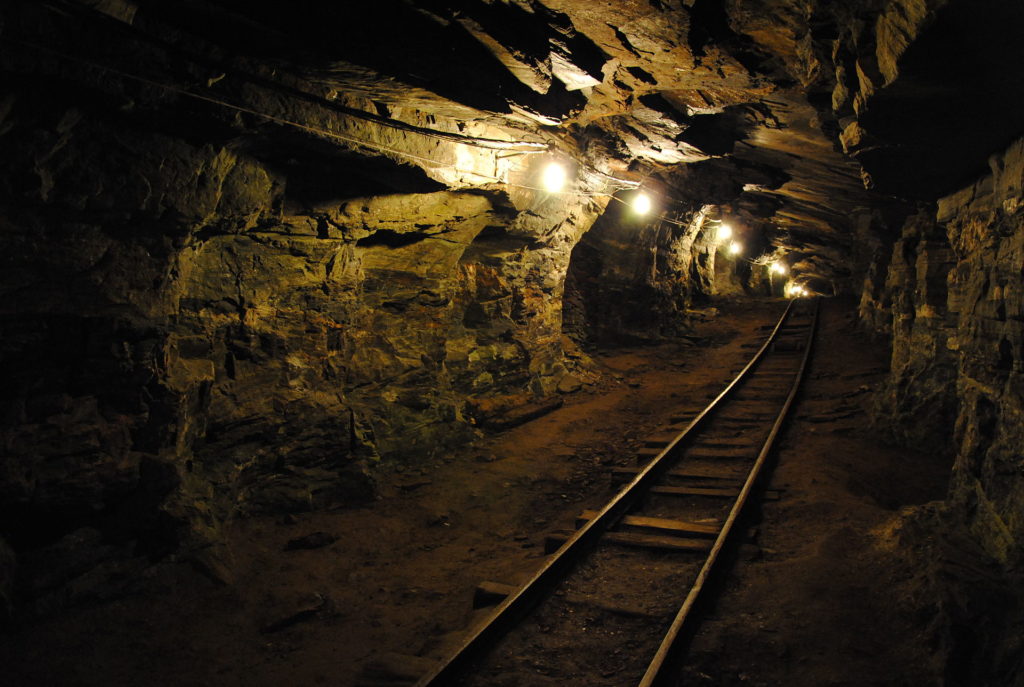


The 3 mines are located in-and-around the city along the major thrust fault encompassing the Mariana Anticline. This shear zone partitions the local geology comprising of greenstones and supracrustals as found all around the Quadrilátero Ferrı́fero. These ancient outcrops have a history stretching 2.8 Ga, from the Mesoarchaean to the Cambrian.
I was joined in the field (or under the field) by Hugo Moreira, a local geological expert and PhD candidate at the University of Portsmouth.
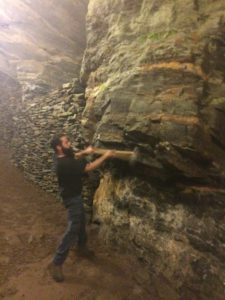
The field work consisted of sweat, filth, and a mild slipping out of reality as Hugo and I got sense of what working underground entails. Luckily, Tonio the owner of Mina do Chico Rei regularly snapped us back to reality by being rather generous with his homebrew Cachaça. We decided to target areas of high sulphide abundance in the hope that this would offer the most prolific gold abundances. Sampling was challenging as the highly complex structures and lithological variation made it hard to define a particular ore zone, thus we sample >100kg of material in hopes that some of it may be of use!
When not scrambling underground caverns praying for the roof not to collapse, Hugo and I went out to see a bit more of Minas Gerias than I had previously. We were lucky enough to be invited into the Rodrigo Silva Mine, an operation Hunting for Imperial Topaz.
Seeing this operation was a great reminder that local people still depend on artisan mining as the majority of projects are run by majors (Vale, AngloGold Ashanti). We also headed over to Lavras Novas, and Ouro Branco, two beautiful examples of Brazilian terrain.
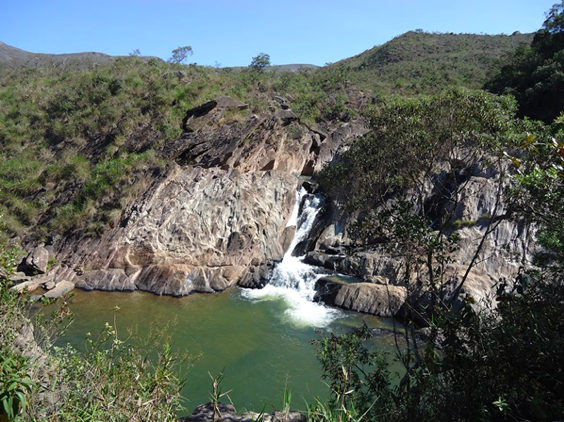
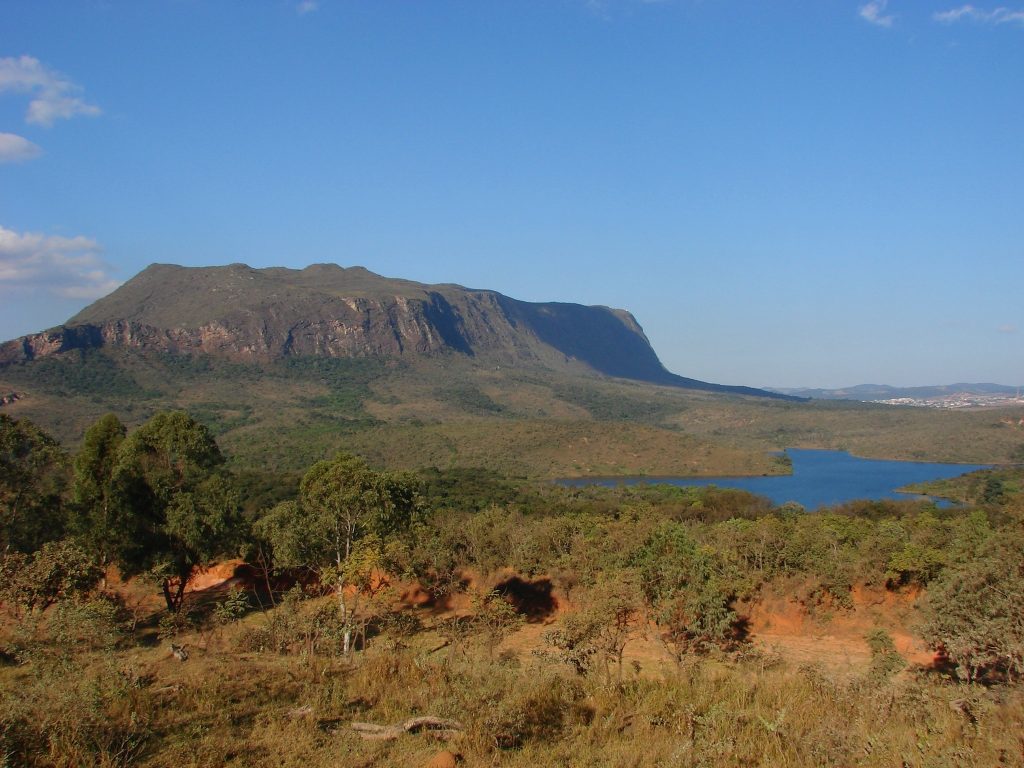
To conclude, I can happily report that my masters project was a success, and novel discoveries related to orogenic gold deposits were found within the rock of Ouro Preto. However, to read more about the actual “science” that I got up to, I will have to direct you to Allen et al., (in-prep, link pending). In summary, I highly recommend travelling to Brazil, I guarantee it’ll be a trip you’ll never forget, and you might even find a staedtler mechanical pencil in the jungle!
*Dorr, J.V.N., 1969. Physiographic, stratigraphic and structural development of the Quadrilátero Ferrı́fero, Minas Gerais, Brazil. U.S. Geological Survey Professional Paper 641-A, 110 p.
![]() This work is licensed under a Creative Commons Attribution-NonCommercial-ShareAlike 4.0 International License.
This work is licensed under a Creative Commons Attribution-NonCommercial-ShareAlike 4.0 International License.


